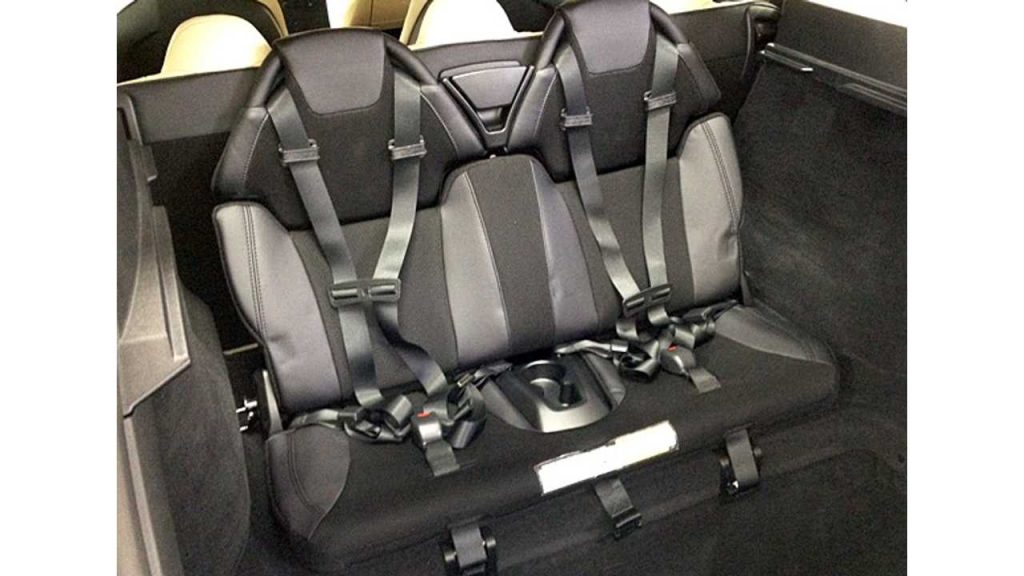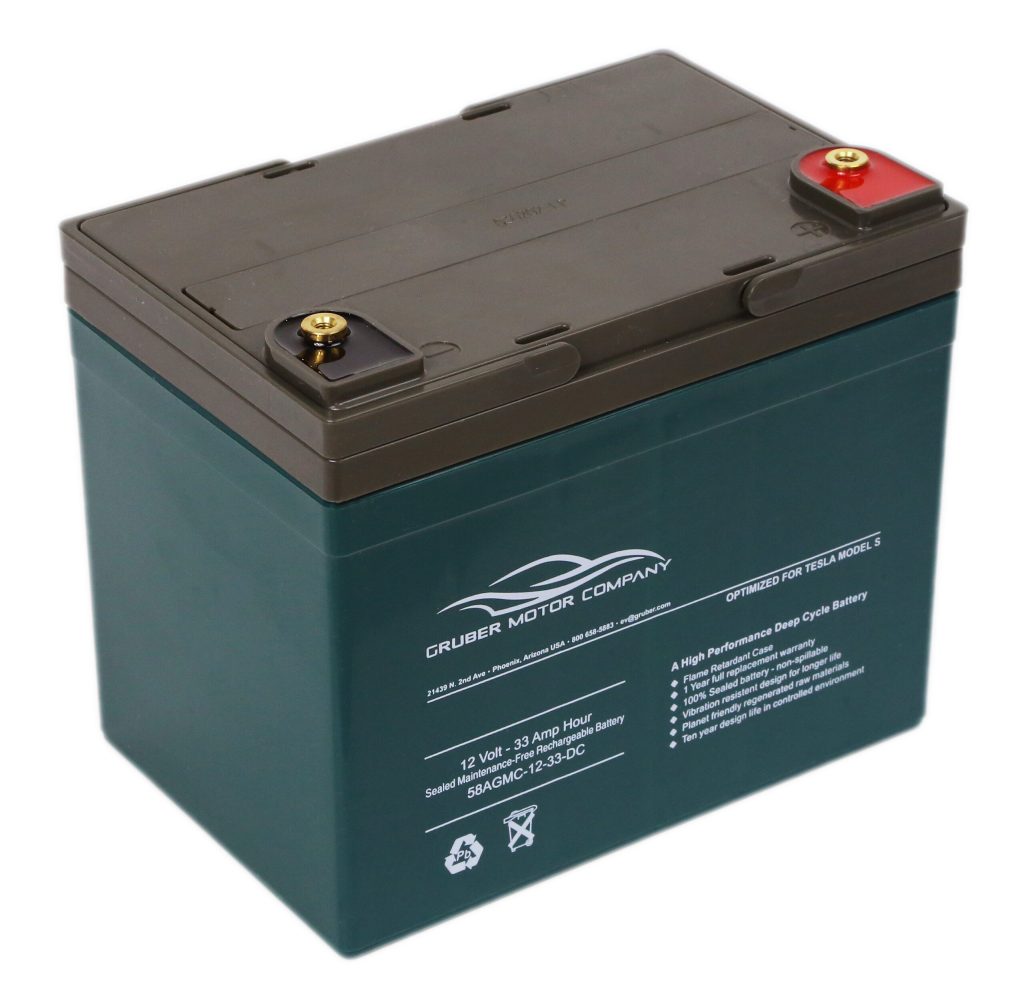MX – Annual Service
Annual Service
MX – Changing the 12 Volt Battery
VIN Decoder
MS – Paint Codes
Paint Codes
MS – Headlight – Adjust – Europe

MS – Headlight Adjust – Europe
MS – VIN Decoder
VIN Decoder
MS – Headlight – Adjust – North America

MS – Headlight Adjust – North America
MS – 3rd Row Seat Removal

MS – 3rd Row Seat
MS – Wheel Alignment Specifications
MS – Wheel Alignment Specifications
MS – Changing RWD Battery

MS – Changing RWD Battery
MS – Annual Service
Annual Service

